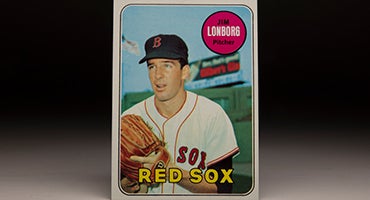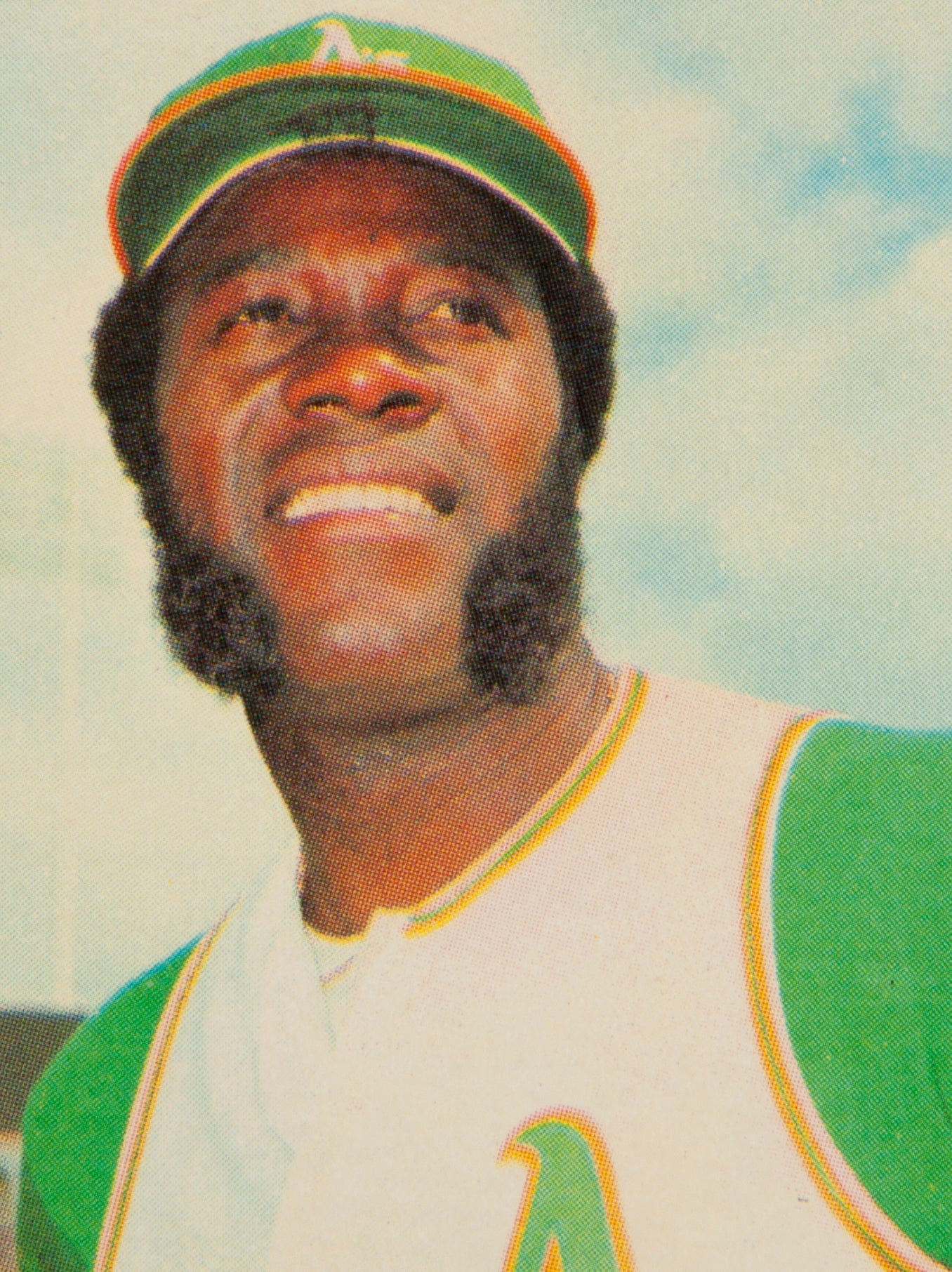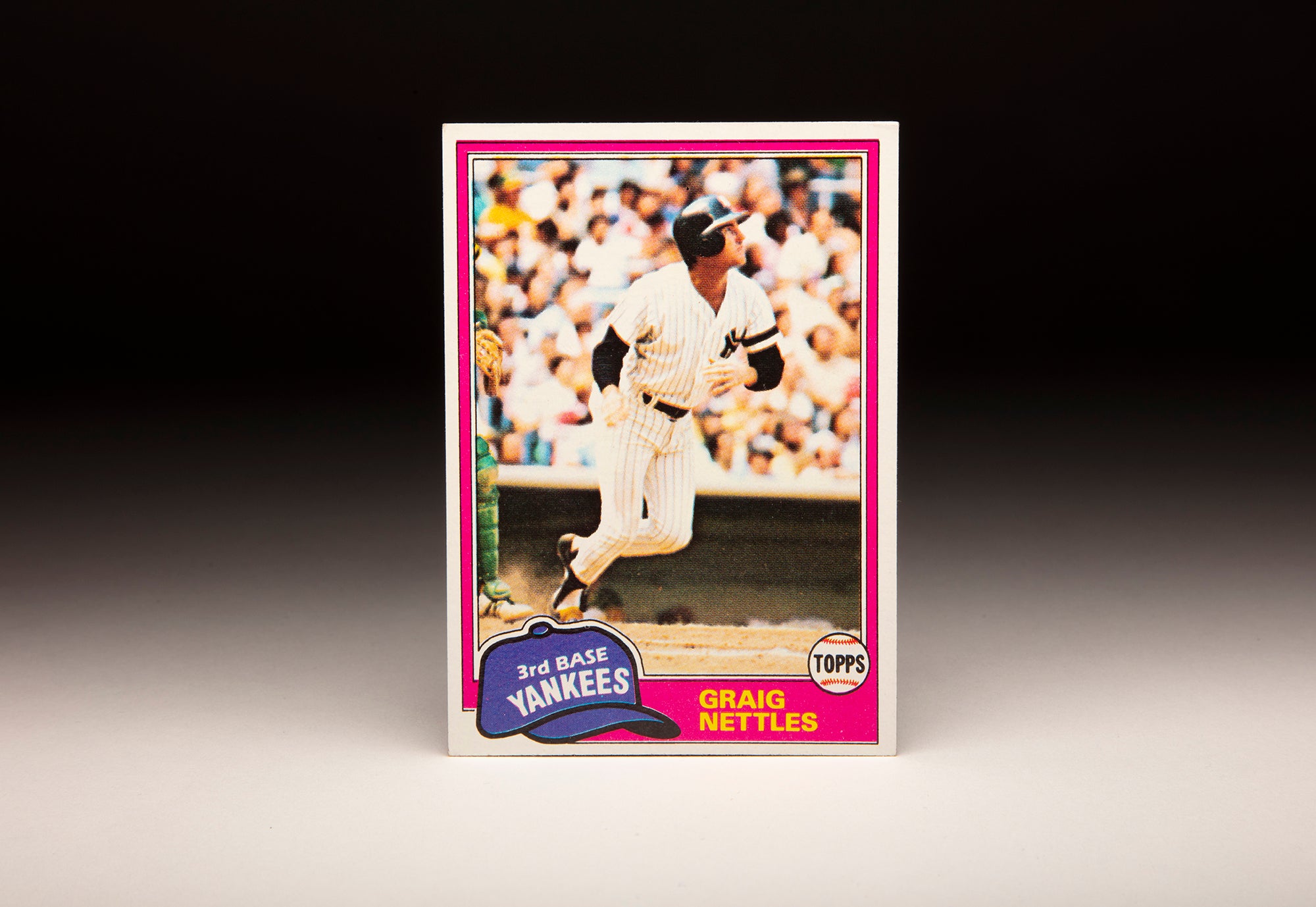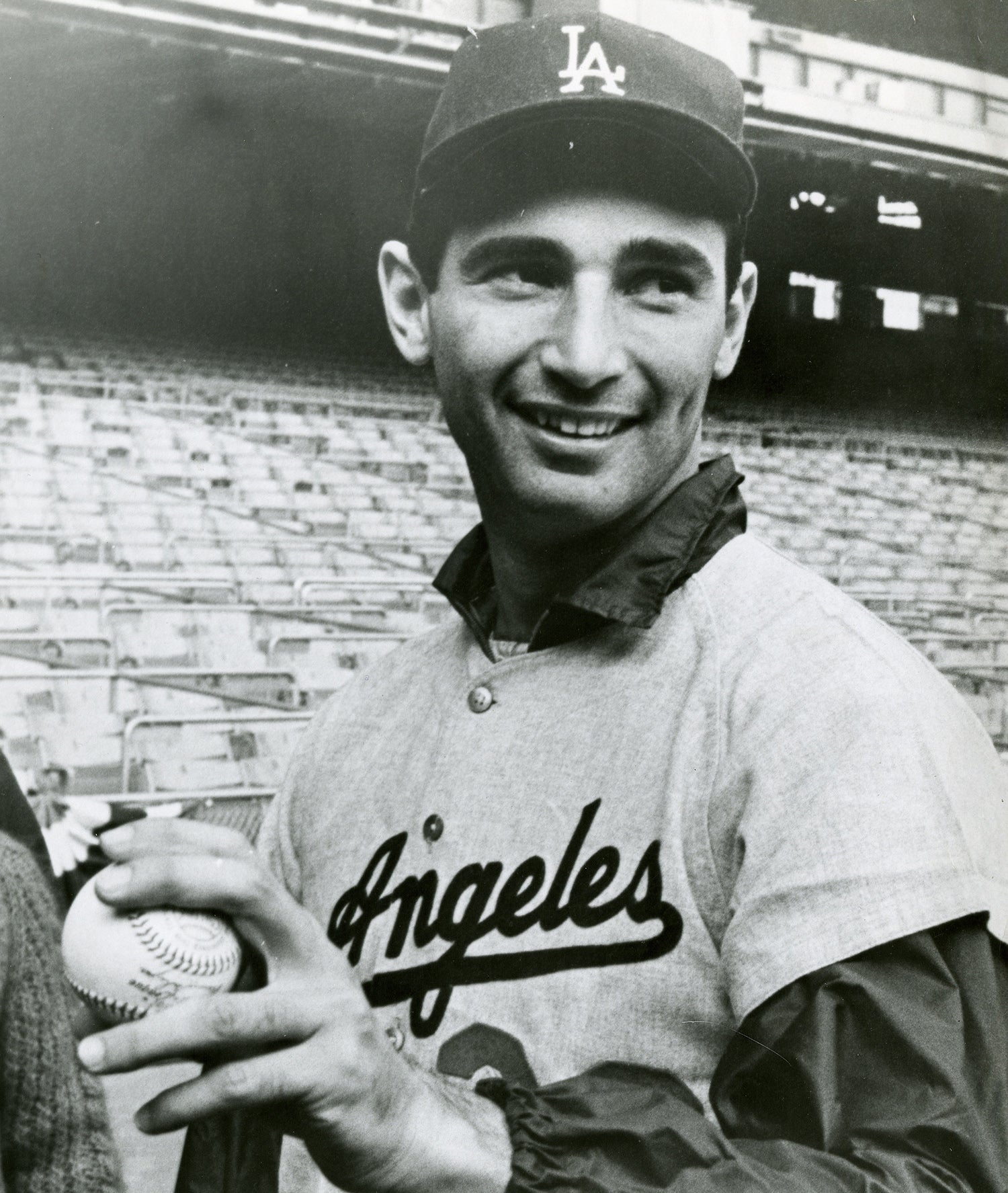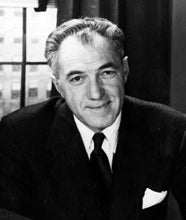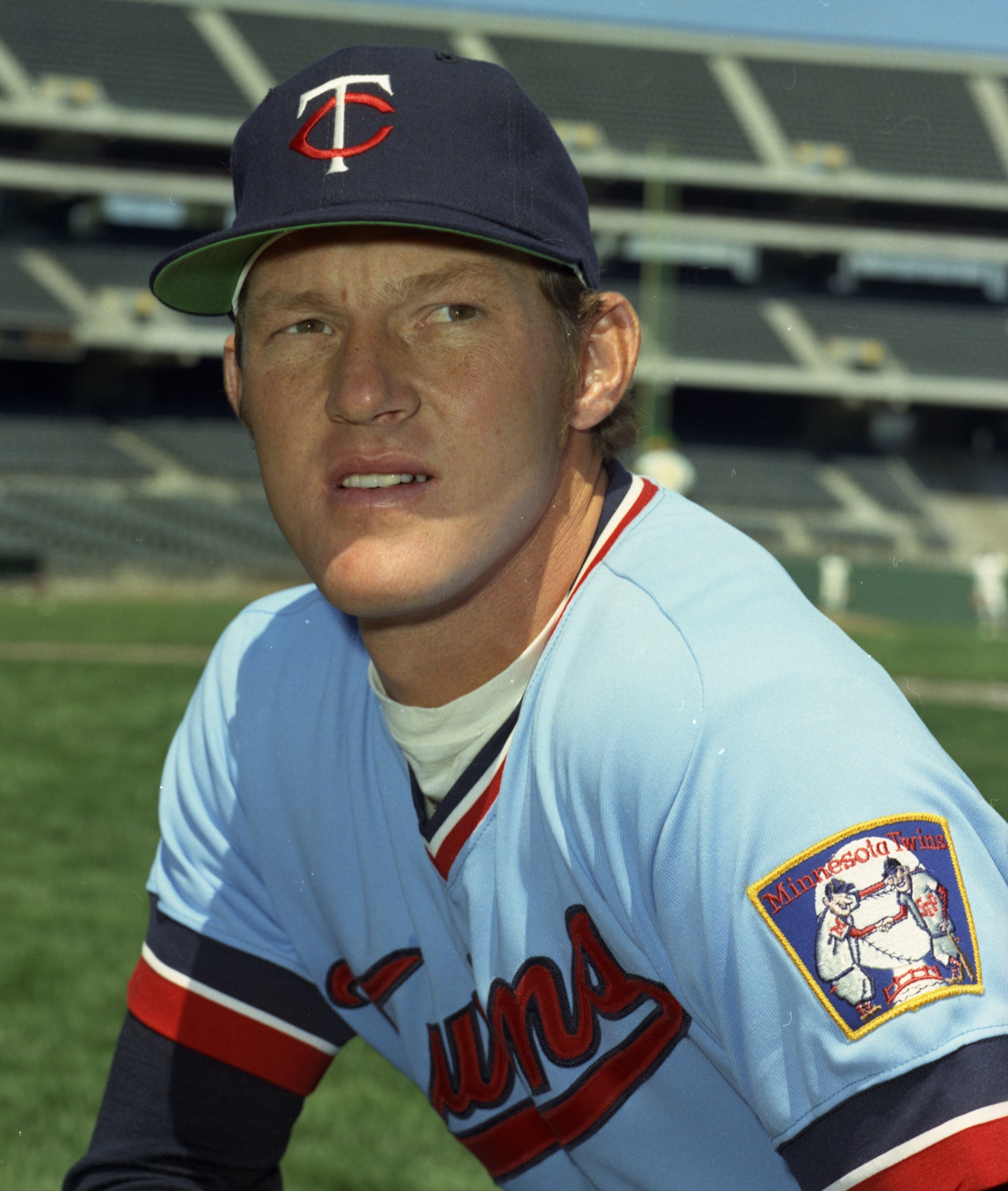- Home
- Our Stories
- #CardCorner: 1970 Topps Dean Chance
#CardCorner: 1970 Topps Dean Chance
From 1963-66, only one pitcher not named Sandy Koufax won a Cy Young Award. That pitcher was Dean Chance in 1964, and not only was Chance the only pitcher other than Koufax to win the award but he was also one of only two pitchers other than Koufax to even receive a single vote in the Cy Young balloting during those four years.
For Chance, it was the apex of a career that – in the year following Koufax’s retirement – nearly included a World Series appearance as well.

Wilmer Dean Chance was born on June 1, 1941, in Wooster, Ohio, and grew up on a dairy farm. A star on the diamond as well as the basketball court, Chance was credited with a 52-1 record at Northwestern High School and pitched his team to a Class A state baseball title as a senior in 1959. He led the basketball team to a state championship in 1958.
Following his high school graduation, Chance signed with the Baltimore Orioles for a reported $30,000 bonus. Sent to Bluefield of the Class D Appalachian League, Chance went 10-3 with a 2.94 ERA over 107 innings. The Orioles then brought him to Spring Training in 1960 and gave him a start in their first exhibition game of the season – an outing where Chance allowed just two hits and no runs over three innings against the eventual World Series champion Pittsburgh Pirates.
Chance was assigned to Class B Fox Cities of the Three-I League in 1960, and the 19-year-old went 12-9 with a 3.13 ERA over 207 innings. But with the American League set to expand by two teams in 1960, the Orioles had tough choices to make – and left Chance off their protected roster.
On Dec. 14, 1960, the new Washington Senators selected Chance with the 48th pick in the Expansion Draft and then immediately traded him to the other expansion team, the Angels, in exchange for Joe Hicks.
Assigned to Triple-A Dallas-Fort Worth in 1961, Chance went 9-12 with a 3.66 ERA in a hybrid starter/reliever role, working 177 innings over 63 games. The Angels brought him to the big leagues in September, where he made five appearances (four starts) and went 0-2 with a 6.87 ERA.
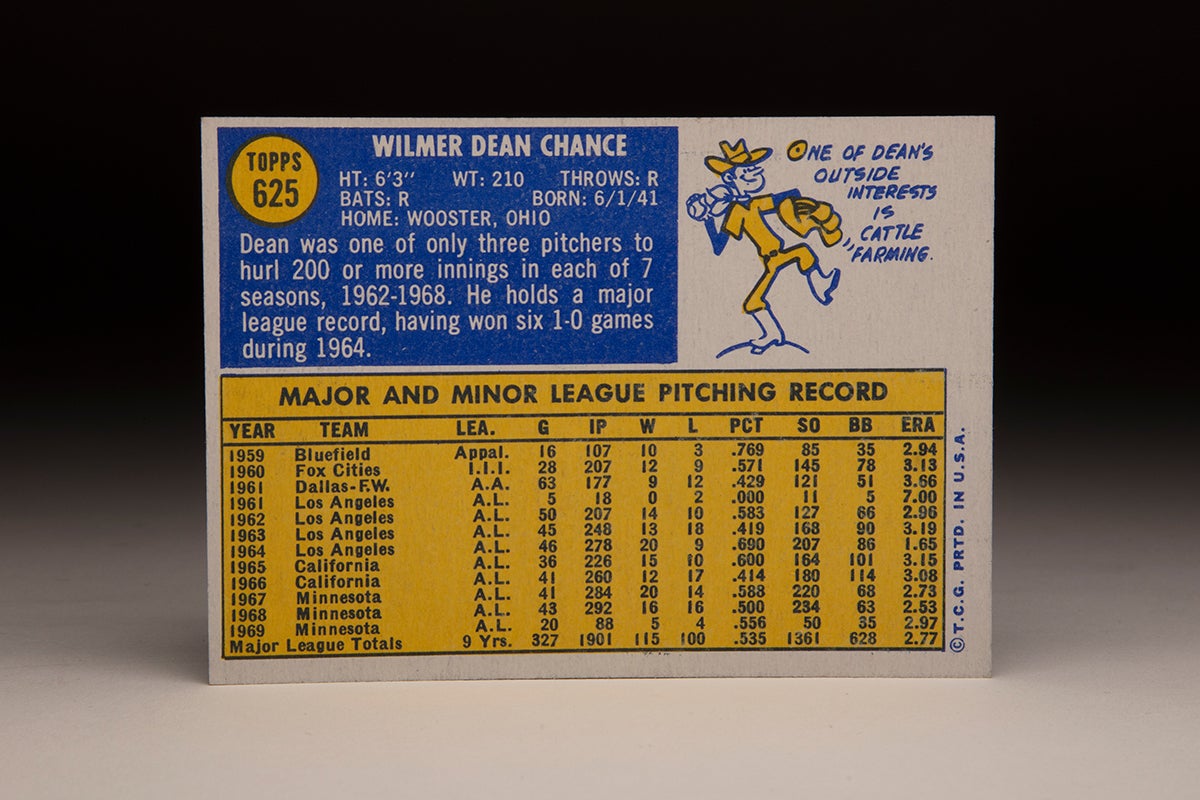
That winter, the Angels took pitcher Bo Belinsky from the Orioles in the Rule 5 draft. Chance and Belinsky had become friends while in the Orioles system, and they reunited in Los Angeles to become one of the most effective – and celebrated – young pitching duos in the big leagues.
“Bo and I hit it off real well and we had some good times together,” Chance told the Minneapolis Tribune in 1966. “I consider him a good friend. But I’d just as soon drop it. Those fun days are over.”
Chance got married prior to the 1961 season, and a year later was ready to make his mark with the Angels. The team used him in the same hybrid starter/reliever role that he had worked in Dallas in 1961, and Chance went 14-10 with eight saves and a 2.96 ERA in 50 games covering 206.2 innings. The Angels shocked the baseball world by winning 86 games that year, and Chance finished tied for third in the American League Rookie of the Year voting.
Belinsky, meanwhile, went 10-11 during his rookie season that year and pitched a no-hitter against Baltimore on May 5 in only his fourth big league start.
Belinsky also made news by dating Hollywood starlets, often taking Chance along with him during the evenings. In June of 1962, Belinsky and Chance were fined $250 by the Angels after a ruckus in Beverly Hills that involved two female companions as they were leaving a party honoring singer Eddie Fisher.
Late in Spring Training in 1963, Chance and Belinsky again made headlines across the country when they showed up more than two hours late for a game in Palm Springs, Calif. The duo had been at a billiards event the night before (Belinsky was an expert pool player) and Chance blamed their late arrival on the hotel operator failing to provide a wake-up call.
“I guess me and Dean are just nuclear guys,” Belinsky told the Associated Press after the event. “We hit it off like an atomic bomb.”

But while Belinsky’s on-field career began to crater in 1963, Chance’s remained on the rise. He went 13-18 that year with a 3.19 ERA as the Angels fell to ninth place with a 70-91 mark.
In the spring of 1964, Chance got into a public spat with Angels general manager Fred Haney, who offered Chance a contract worth $18,000 – the same pay he received in 1963.
“I plain couldn’t believe it,” Chance told The New York Times. “I had pitched 248 innings (in 1963). I had an earned-run average of (3.19). My record was (13-18) with a ninth-place team. I thought I had a helluva year. Fred didn’t agree. I was so disgusted I popped off and maybe said some things I shouldn’t have said.”
But Chance let his play speak for him in 1964, authoring the best season of his career. He was just 5-5 after allowing three runs over 1.2 innings in a start against Boston on July 5 – though his ERA was still a tidy 2.18. From that point, however, Chance went 15-4 with a 1.29 ERA over his final 23 games to finish with a 20-9 record and 1.65 ERA. He led the AL in wins, ERA, complete games (15), shutouts (11) and innings pitched (278.1) while starting the All-Star Game.
Chance was a runaway winner in the Cy Young Award voting during an era when only one Cy Young was handed out in all of baseball. He earned 17 first-place votes compared to two for the Cubs’ Larry Jackson and one for Koufax. In the AL Most Valuable Player Award voting, Chance – who led all AL players that year with a WAR of 8.7 – finished fifth.
“If I had a vote (for the Cy Young Award), it would have gone to Chance,” Commissioner Ford Frick told United Press International. “I saw him pitch in the All-Star Game and also against the Yankees. He’s one of the great pitchers.”
Chance’s work against the Yankees was already becoming national news. Mickey Mantle had said that Chance was one of the toughest pitchers he faced, and in 1964 Mantle batted .167 (2-for-12) with just one homer against Chance.
The Mantle vs. Chance numbers began to even out over time but Mantle’s career average against Chance was just .245 over 67 plate appearances.
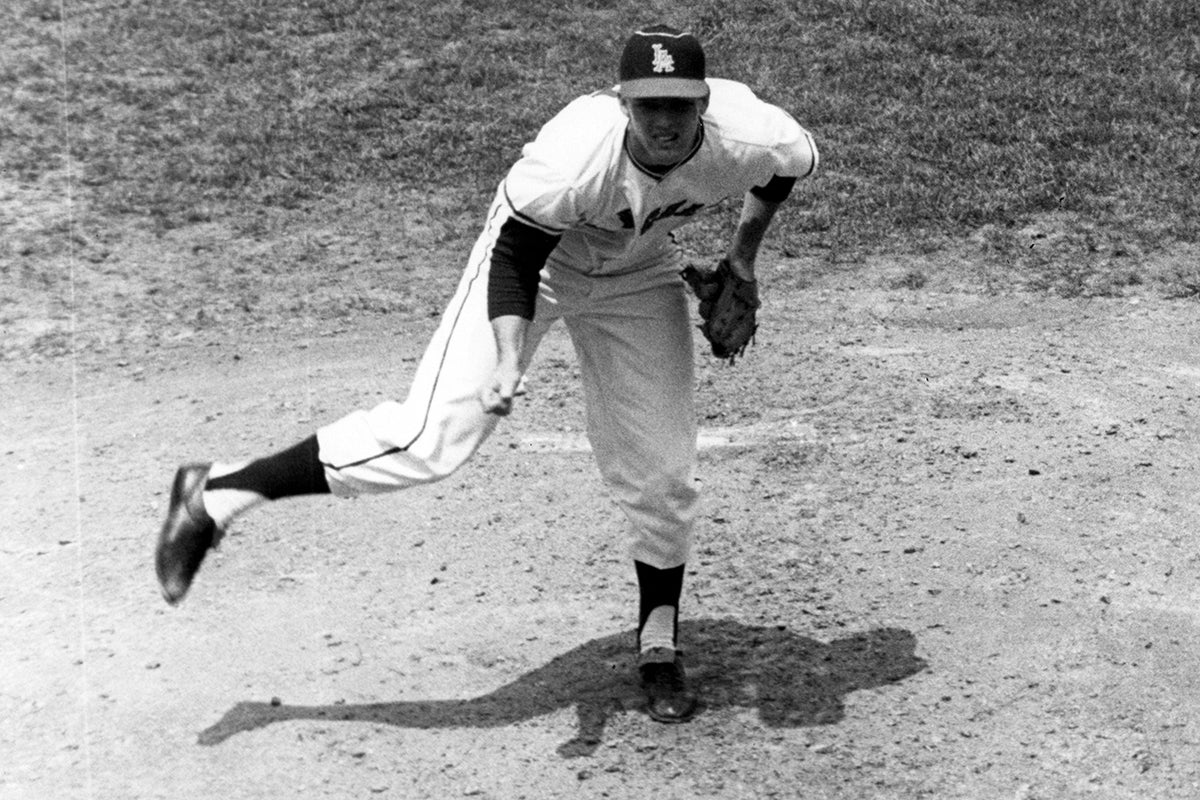
Meanwhile, the Angels parted ways with Belinsky following the 1964 season, sending him to the Phillies on Dec. 3 in exchange for Rudy May and Costen Shockley. But Chance and Belinsky remained friends, and following the 1964 season, they teamed up with actor Bert Lahr – famous for his role as the Cowardly Lion in The Wizard of Oz – in a theater production of Damn Yankees at Anaheim’s Melodyland Theater.
Chance and the Angels agreed on a reported $42,000 salary for the 1965 season, and Chance posted a respectable 15-10 record and 3.15 ERA over 225.2 innings. Koufax, however, earned every one of the 20 votes in the Cy Young Award race.
Chance lowered his ERA to 3.08 in 1966 – and made his first career Opening Day start – but was the victim of tough luck as he labored to a record of 12-17 in 259.2 innings. On Dec. 2, 1966, the Angels – searching for more power in their lineup – traded Chance and Jackie Hernández to the Twins in exchange for Pete Cimino, Jimmie Hall and Don Mincher.
“I hated to give up Chance,” Angels manager Bill Rigney told the Minneapolis Tribune. “Dean was my pet, and what a great competitor. I consider him the best right-handed pitcher in the American League.”
Joining a Twins club that had won the AL pennant in 1965, Chance became part of a deep starting rotation that featured Mudcat Grant, Jim Merritt, Dave Boswell and future Hall of Famer Jim Kaat. The Twins and Tigers were considered AL favorites but both found themselves in a battle with the Red Sox and White Sox in one of the greatest pennant races the league had seen.
Chance quickly showed he was still at the top of his game, sporting an 8-2 record at the end of May and earning his second All-Star Game starting assignment. He pitched a five-inning perfect game against the Red Sox on Aug. 6 – a game the Twins won 2-0 after rain halted play with one out in the bottom of the fifth. Three weeks later, Chance pitched a no-hitter against the Indians, walking five batters and allowing one run (which scored on a first-inning wild pitch) in a 2-1 victory.
Heading into the final weekend of the season, the Red Sox hosted the Twins in a two-game series that would likely decide the pennant – with Minnesota leading the AL by one game over the Tigers and Red Sox entering the series opener on Saturday, Sept. 30.
Needing a win to eliminate the Red Sox, the Twins sent Kaat to the mound. But in the third inning, Kaat injured his elbow and had to leave the game. The Red Sox, down 1-0 at the time, rallied to win 6-4 to set up what would become a winner-take-all showdown on Sunday, Oct. 1.

Chance was set to start for the Twins. Facing him was Boston’s Jim Lonborg, who was having an historic season en route to the AL Cy Young Award. The Twins were leading 2-0 heading into the bottom of the sixth, with Chance having allowed just four hits and no walks while erasing two runners on double plays.
But Lonborg led off the sixth with a bunt single, and hits by Jerry Adair and Dalton Jones loaded the bases for Carl Yastrzemski, who was en route to the American League Triple Crown. Yastrzemski singled on a 1-0 fastball to tie the game, and Boston took the lead when the following batter – Ken Harrelson – reached on a fielder’s choice as shortstop Zoilo Versalles tried to cut down Jones at the plate. But Versalles’ throw was late, allowing Jones to score the go-ahead run. That chased Chance from the game, and Boston scored two more runs on a wild pitch and an error to take a 5-2 lead. All five runs were charged to Chance, who was tagged with the loss as Boston won 5-3 to capture the pennant.
“We gave it our best shot today,” Twins manager Cal Ermer told the AP. “It just wasn’t good enough.”
Chance ended the year with a 20-14 record and 2.73 ERA, leading the AL in starts (39), complete games (18) and innings pitched (283.2). He would be a workhorse again in 1968, pitching a career-high 292 frames while going 16-16 with a 2.53 ERA. But the innings load would begin to take its toll.
Chance made $60,000 in 1968, and the Twins offered a contract with a $5,000 pay cut for 1969 – an offer Chance accepted on March 11. The late start slowed Chance’s ramp-up for the season, and after seven up-and-down appearances in April and May the Twins shut him down with the idea of giving him another Spring Training.
Chance ran to stay in shape but did not throw for several weeks. He returned to the mound on July 28 when he started the Hall of Fame Game in Cooperstown vs. the Astros, working two innings and allowing two runs (one earned).
Four days later, Chance started against the Orioles in Minnesota and worked 5.1 innings while allowing two hits and three runs. He took regular turns in the rotation the rest of the season, finishing with a 5-4 mark and 2.95 ERA in 20 games.
On Dec. 10, 1969, the Twins sent Chance back home to play for Cleveland in a deal that also shipped Bob Miller, Graig Nettles and Ted Uhlaender to the Indians in exchange for Luis Tiant and Stan Williams.
Chance would now be pitching for a team located about an hour south of his hometown.
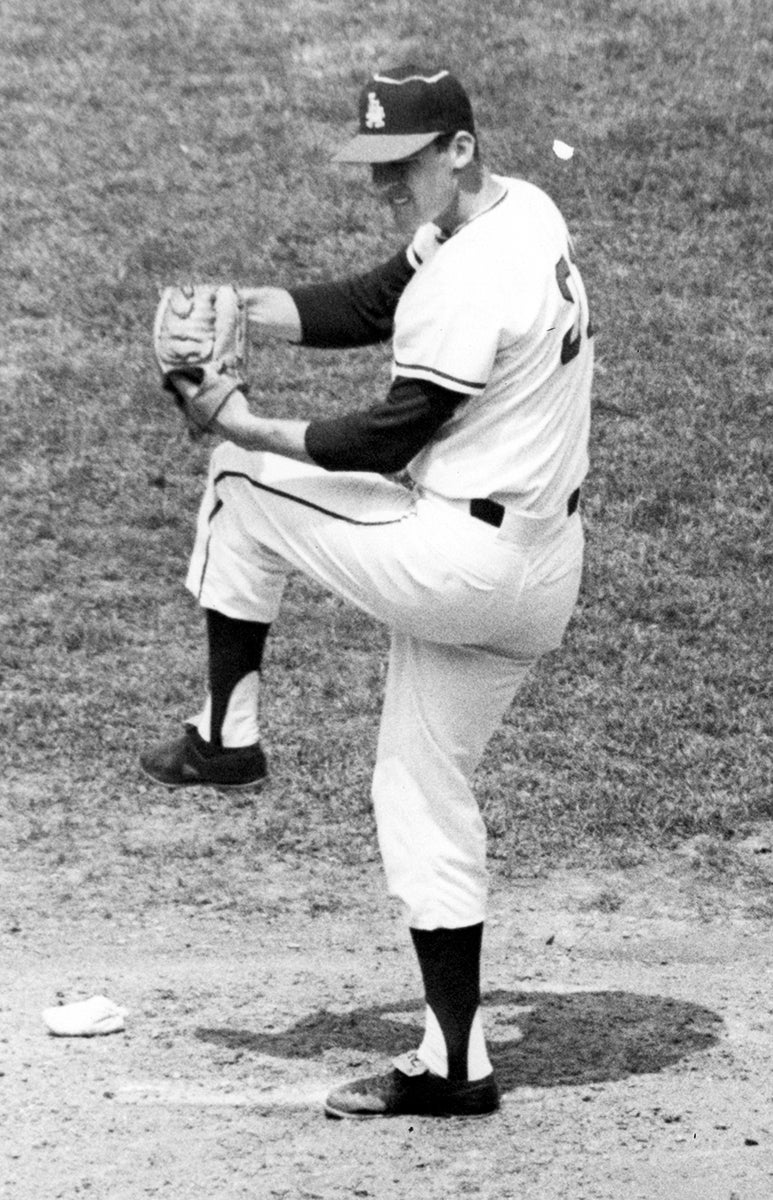
At the time, Chance was already exploring post-baseball opportunities, including managing light heavyweight boxing contender Ray Anderson. Though only 28 years old at the time of the trade, Chance might have suspected that his days as a rotation stalwart were coming to a close.
Cleveland used Chance in a starter/reliever role in 1970, and Chance was 9-8 with a 4.24 ERA in 45 games when his contract was sold to the Mets for a reported $150,000 on Sept. 18. He pitched in three games with New York, allowing three runs over two innings.
On March 30, 1971, the Mets traded Chance to the Tigers along with Bill Denehy in exchange for Jerry Robertson.
“He’s been throwing pretty good,” Tigers scout Jack Tighe told the AP about Chance after the trade. “He’s not throwing great. If he was, we wouldn’t have gotten him.”
The trade reunited Chance with Billy Martin, who was a coach and manager with the Twins when Chance was in Minnesota. Martin encouraged Chance to pitch as hard as he could for as long as he could with the expectation that five good innings might be all Chance had on any given day.
But after spending the first two months of the season in the rotation, Chance was moved to the bullpen. He finished the season with a 4-6 record and 3.51 ERA in 31 games.
The Tigers released Chance on Oct. 6, 1971, ending his big league career.
Chance dabbled in several professions after retiring from the diamond, including promoting heavyweight boxing contender Earnie Shavers, who also hailed from Northeast Ohio. But Shavers changed promoters in 1973, signing on with Don King – which led to title bouts against Muhammad Ali in 1977 and Larry Holmes in 1979.
“For the first time in my life, I have good sparring partners, the right kind of facilities, trainers who know what they’re talking about,” Shavers told the Philadelphia Daily News of his partnership with King. “With Dean, I trained mostly on my own. I’m now driving a new (Lincoln Continental) Mark IV. With Dean, I walked.”
Chance later became a midway barker and operated games at fairs and carnivals.
Inducted into the Angels Hall of Fame 54 years after he debuted for the team, Chance died shortly thereafter on Oct. 11, 2015. He finished his career with a record of 128-115, a 2.92 ERA and a reputation as one of the most hit-challenged batters in all of baseball history. His .066 career batting average (44-for-662) is by far the lowest (Ben Sheets is second on the list with an average of .076) of any batter with at least 500 plate appearances.
Fortunately for Chance, his 1964 Cy Young Award shines far brighter in the history books.
“We’ve got one of the finest pitchers in the business,” Cleveland manager Al Dark told AP when Chance was traded to the Indians following the 1969 season. “And he’s a winner.”
Craig Muder is the director of communications for the National Baseball Hall of Fame and Museum

